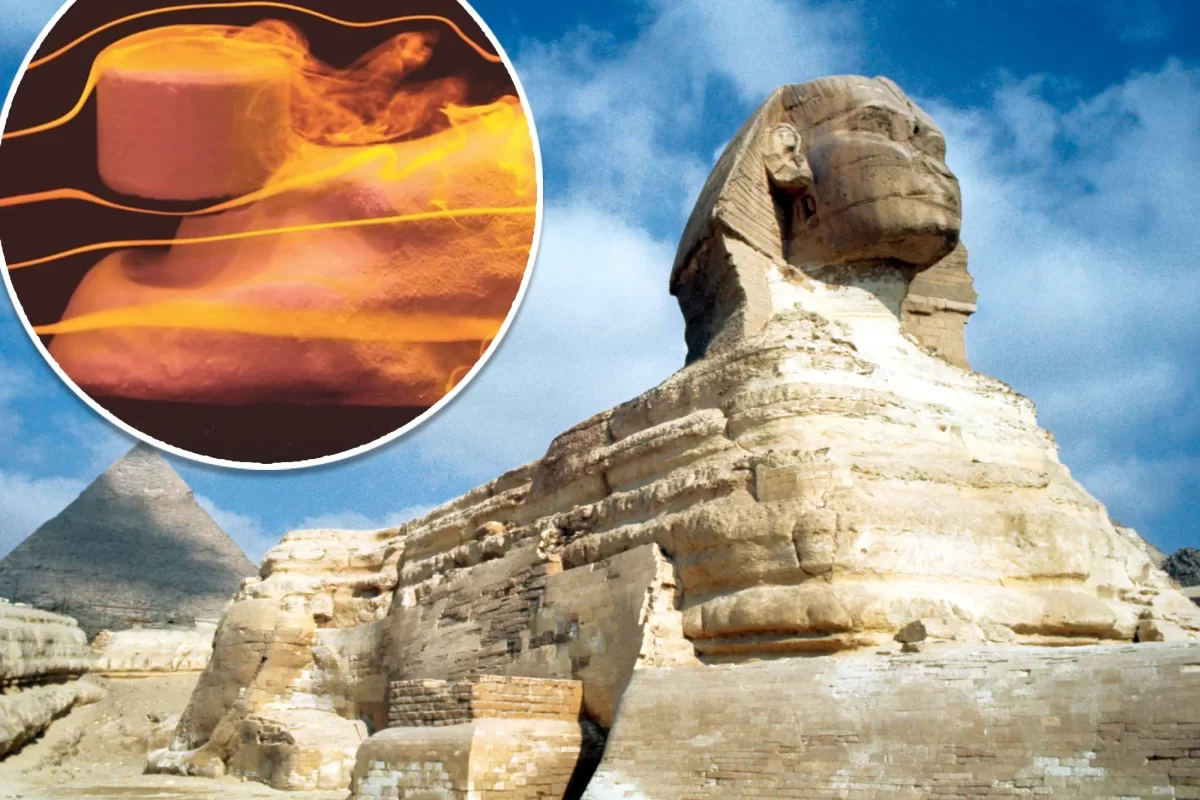A recent study conducted by scientists at New York University’s Applied Mathematics Laboratory offers evidence supporting a theory proposed over 40 years ago by space scientist and geologist Farouk El-Baz. El-Baz theorized that wind played a significant role in shaping the Great Sphinx of Giza before the ancient Egyptians added surface details to the landmark sculpture.

The team replicated the landscape conditions from approximately 4,500 years ago, when the limestone statue was likely built, and conducted tests to see how wind manipulated rock formations. “Our findings offer a possible ‘origin story’ for how Sphinx-like formations can come about from erosion,” said senior study author Leif Ristroph, an associate professor at New York University’s Courant Institute of Mathematical Sciences.
The researchers created clay-model yardangs, a type of natural landform formed by wind erosion in desert regions, and washed the formations with a fast stream of water to simulate wind. They found that a lion form began to take shape, suggesting that Sphinx-like structures can form under fairly commonplace conditions.
However, the study does not resolve the mysteries behind yardangs and the Great Sphinx. “It’s not so black and white. … No one says this is an entirely human carved thing and no one says it’s entirely nature carved. The question is how much was naturally existing and then further modified,” Ristroph explained.
While some experts, like Salima Ikram, distinguished university professor of Egyptology at the American University in Cairo, question the idea that the Sphinx started as a yardang, the research adds another layer to our understanding of this ancient monument. The study has been accepted for publication in the journal Physical Review Fluids.



